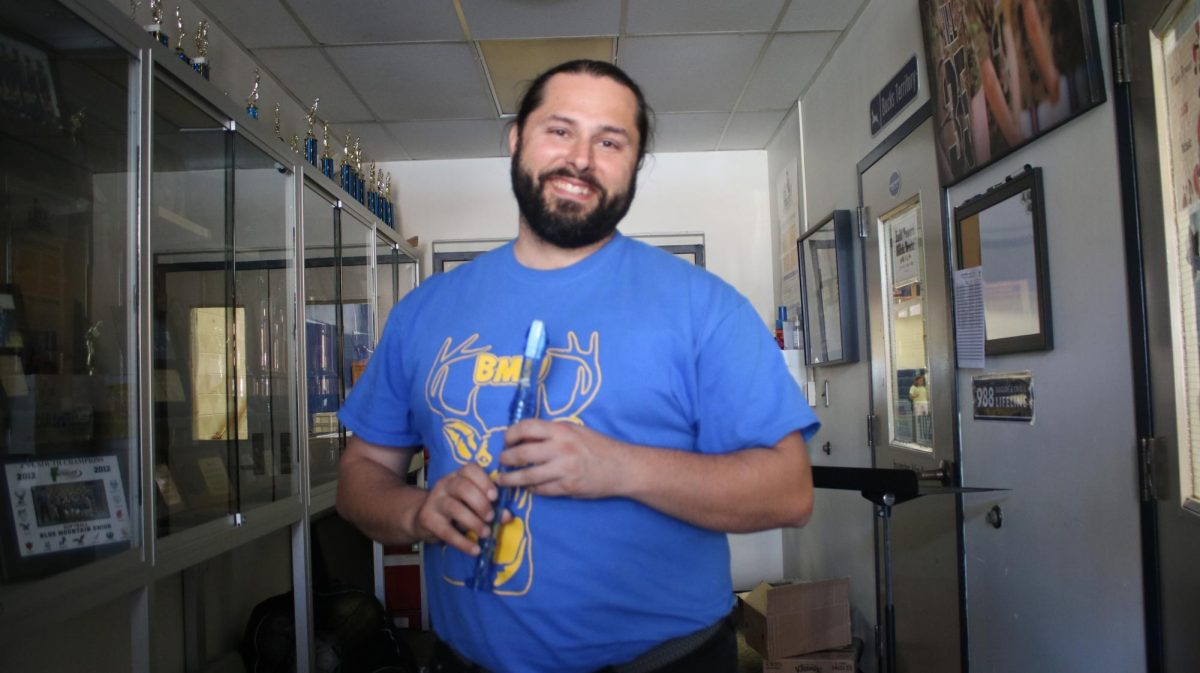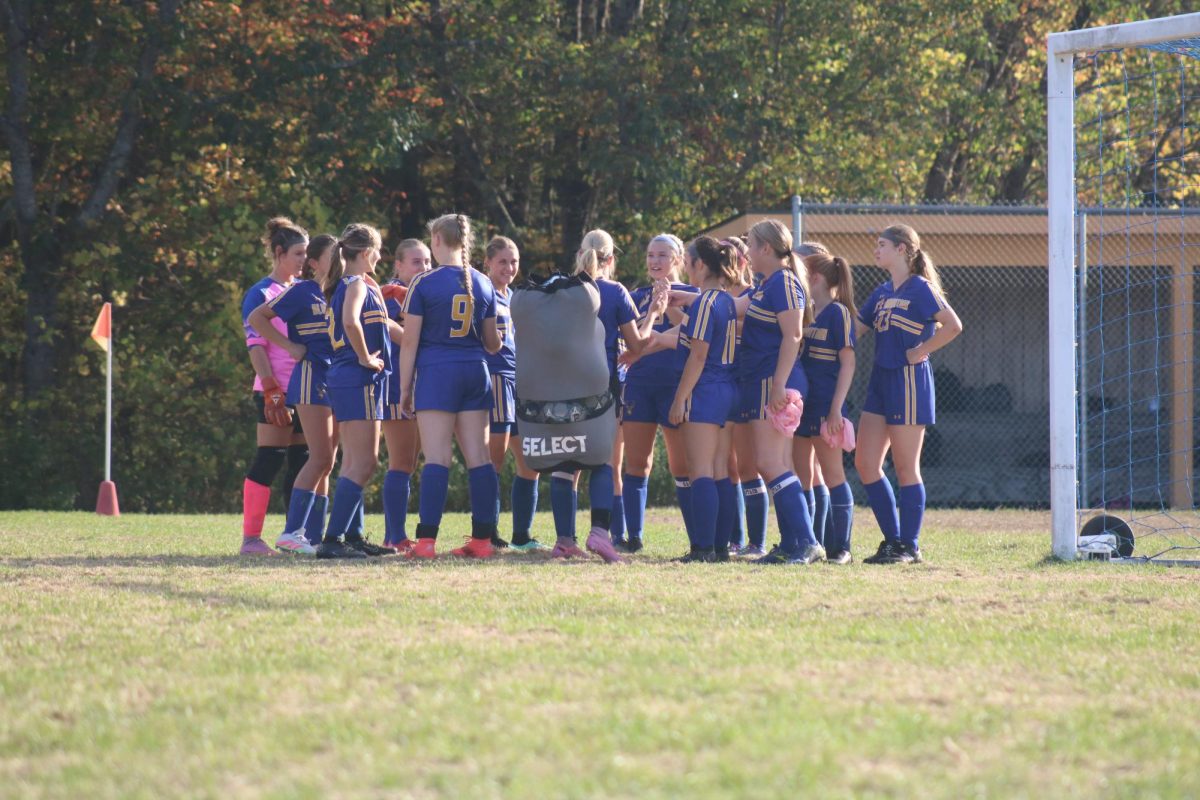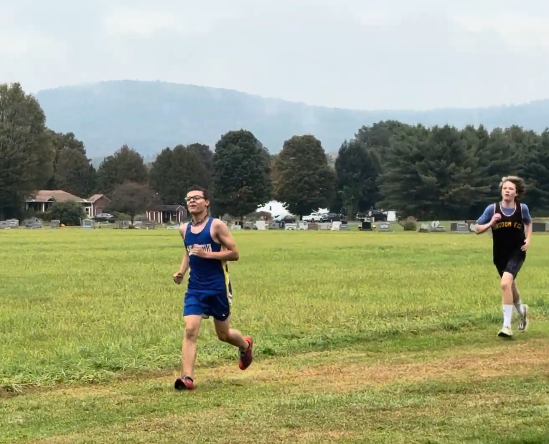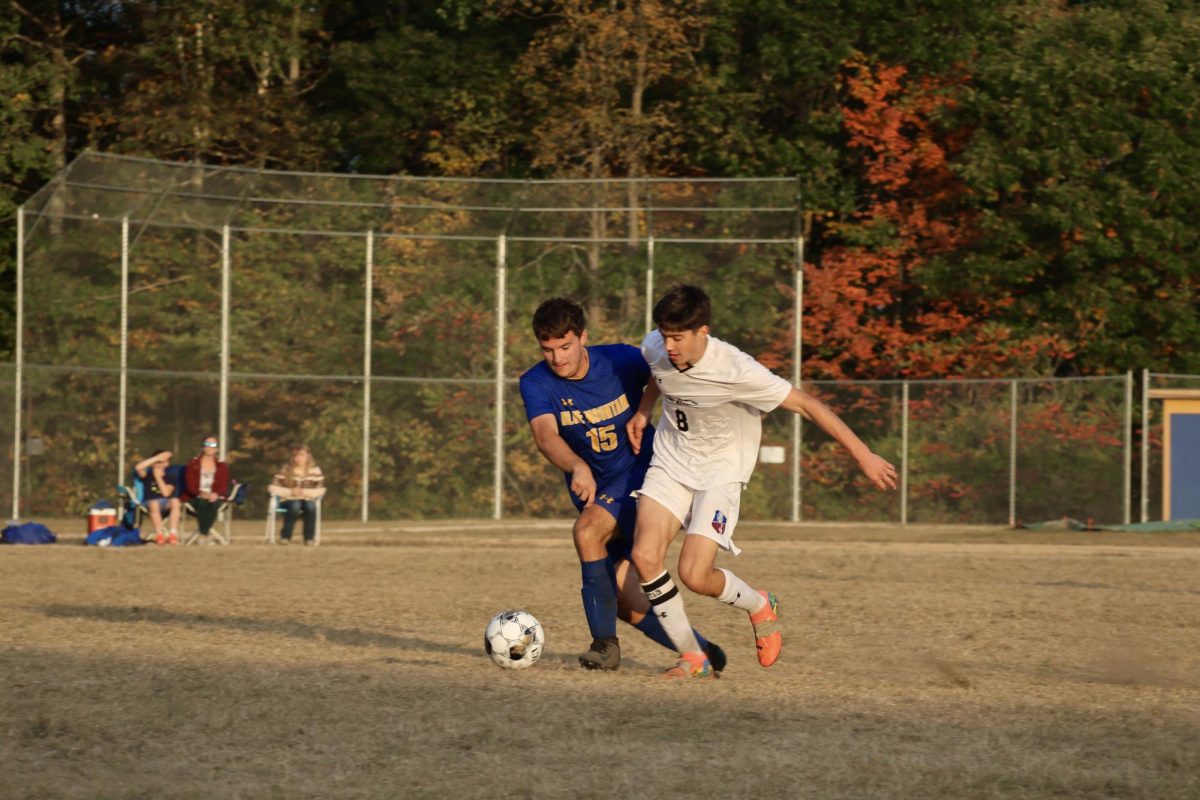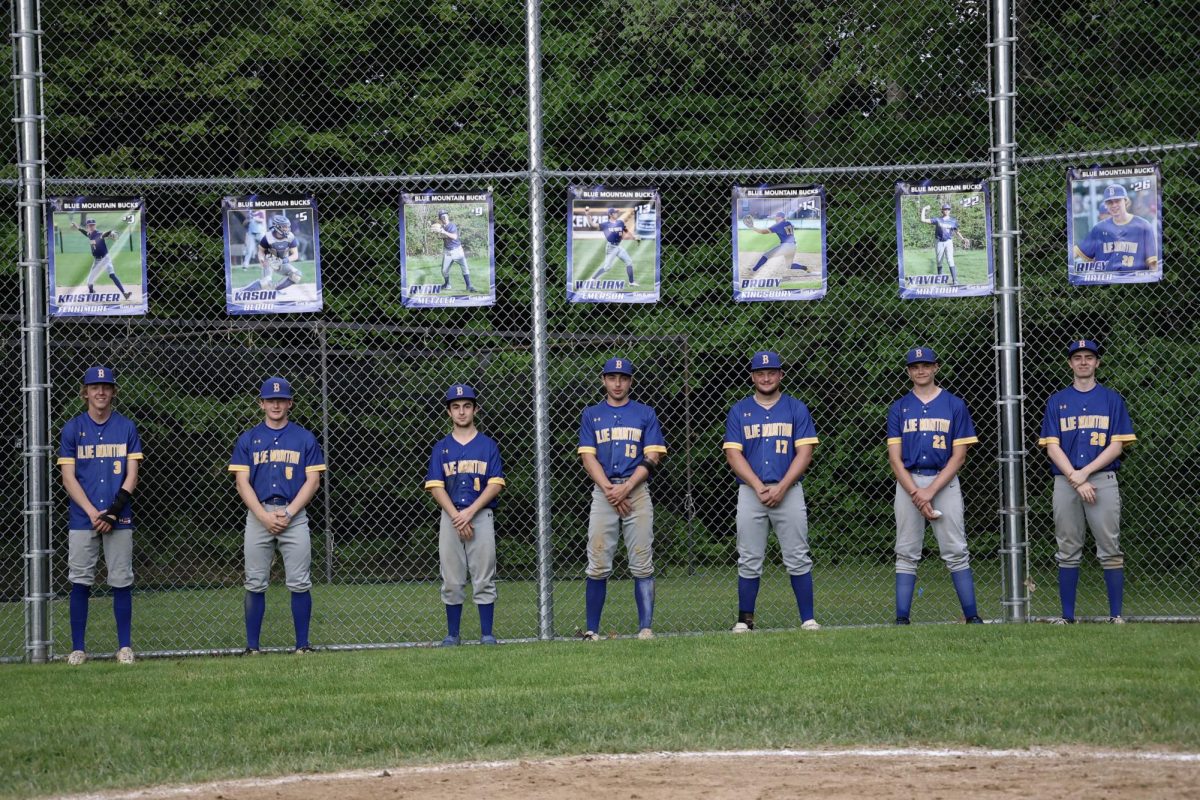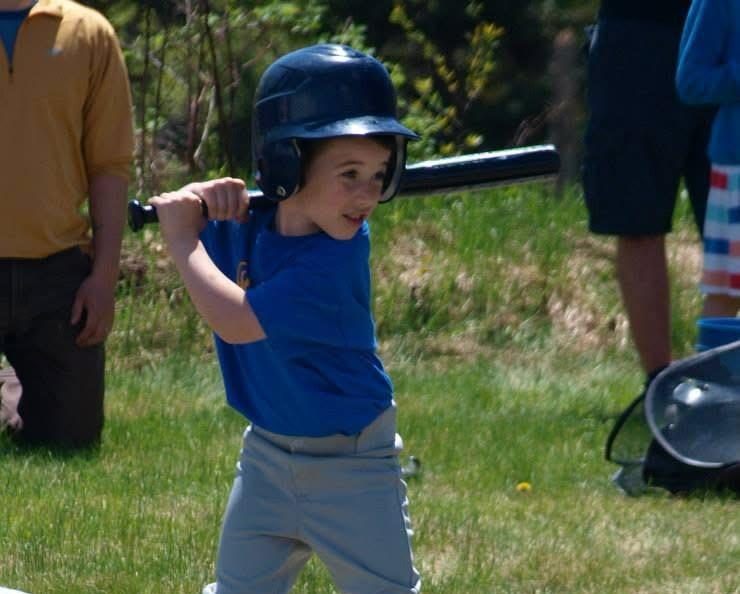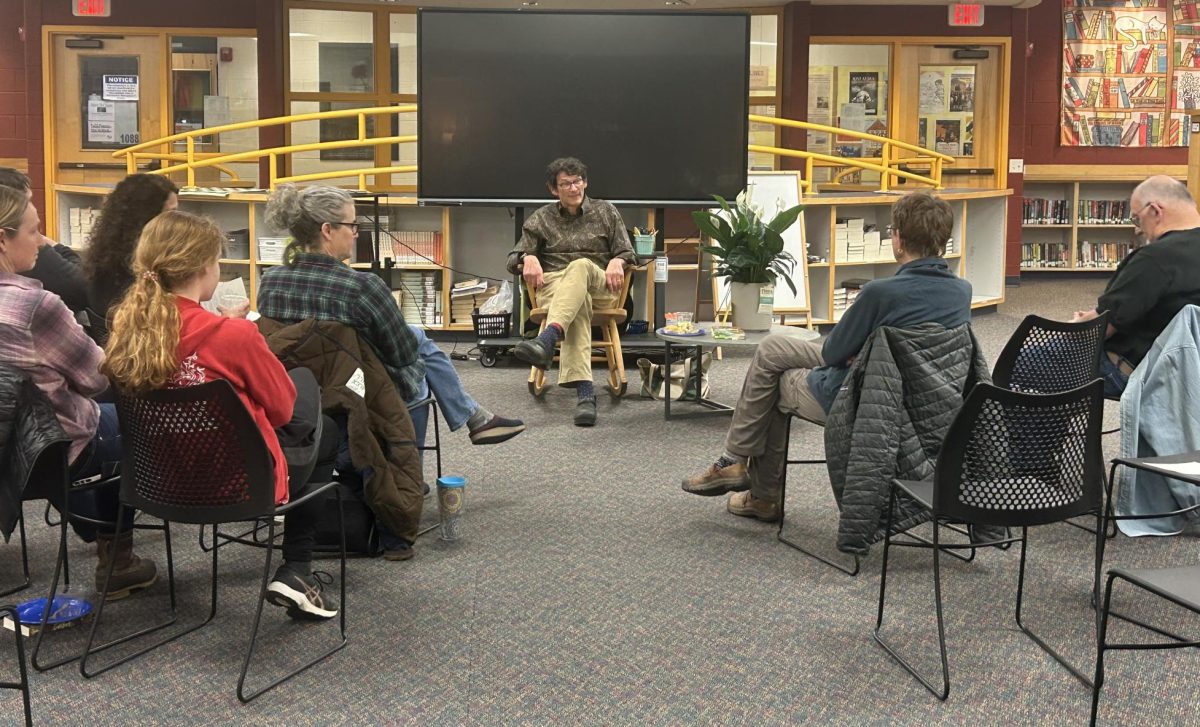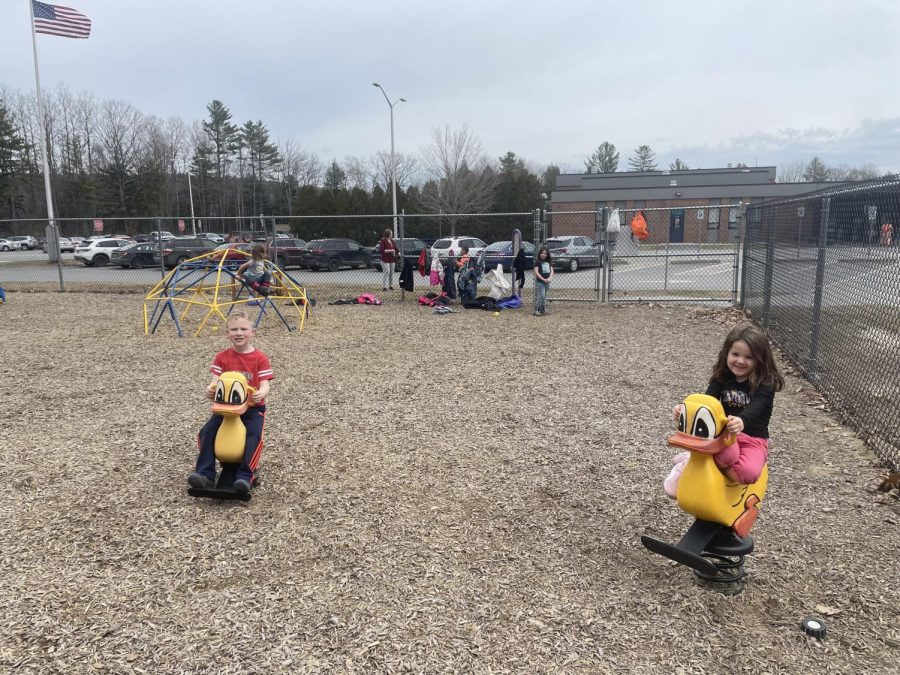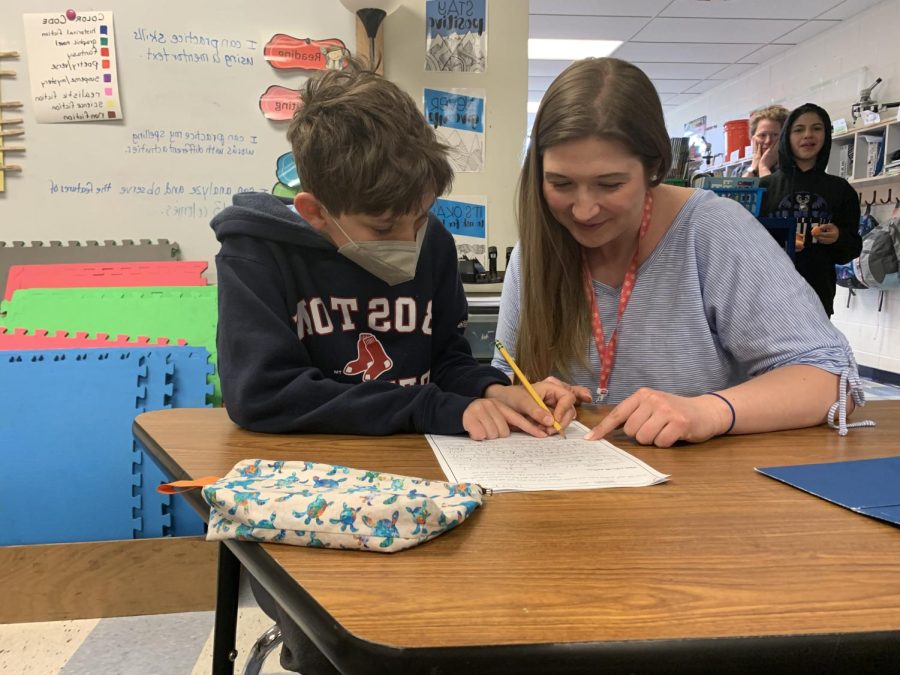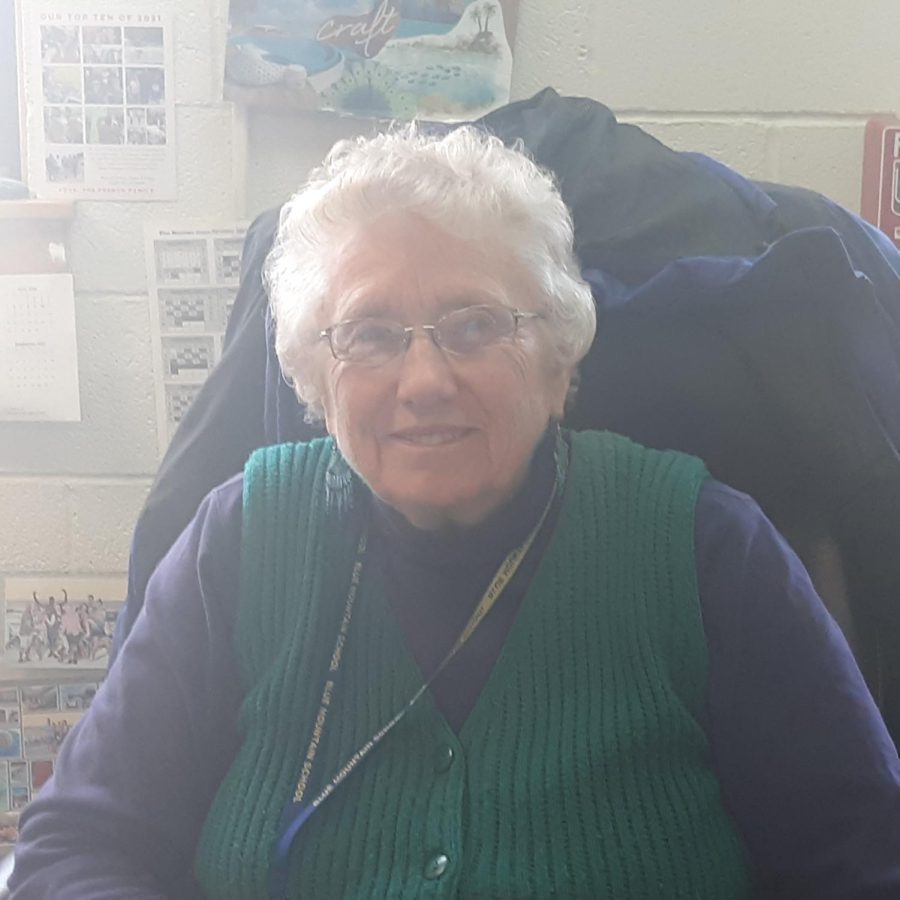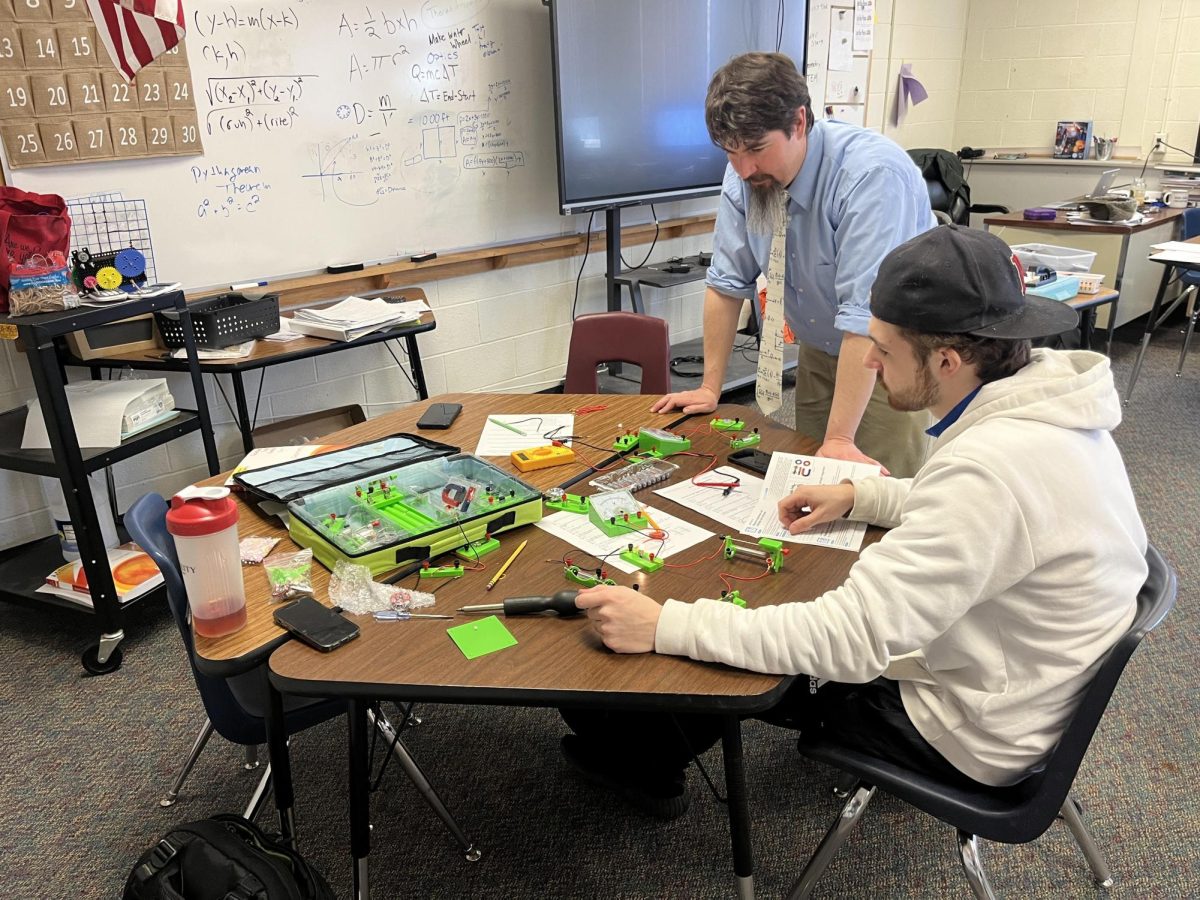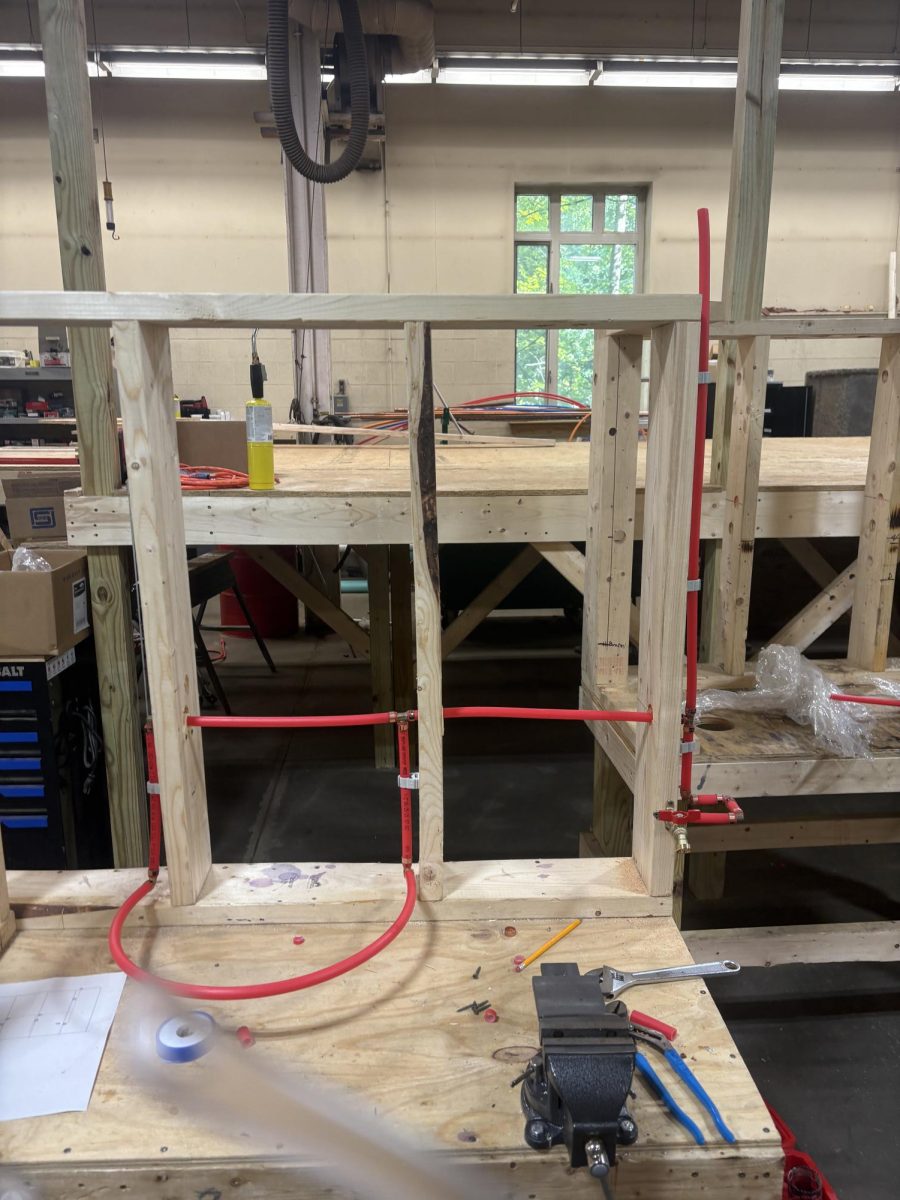Math teacher Forest Matthews runs a STEM class (Science, Technology, Engineering, Math) with two students Ian Fraser and Beau Tattersall. Running a class with 2 students allows each student to be individually mathematically challenged using real-world problems. These real-world problems involve constructing realistic models of arctic research huts to prevent heat loss then the class does experiments based on heat loss by comparing two hot glasses of water inside and outside the research hut. This STEM class also predicted how much energy is released from the 34 tons of wood chips burned every two weeks then they found the number of wood chips burned every hour which allowed them to average the energy usage for the entire year as Matthews said “STEM is short for science technology engineering and mathematics and given that I’m a math teacher what were really looking at is how math gets used in science technology engineering”. While having a small number of students in a class allows Mathews to be more hands-on and have more control over the class work as Matthews stated “The cool thing about this class is I can adjust it so that everyone has something they can do and everyone has something they are challenged by.” This allows each student to learn at there own pace and their individual level, which makes the class more enjoyable for each student as Tattersall said,” Its fun Hands on you learn different things talk about different things, I think it’s a fun class to be honest”.


